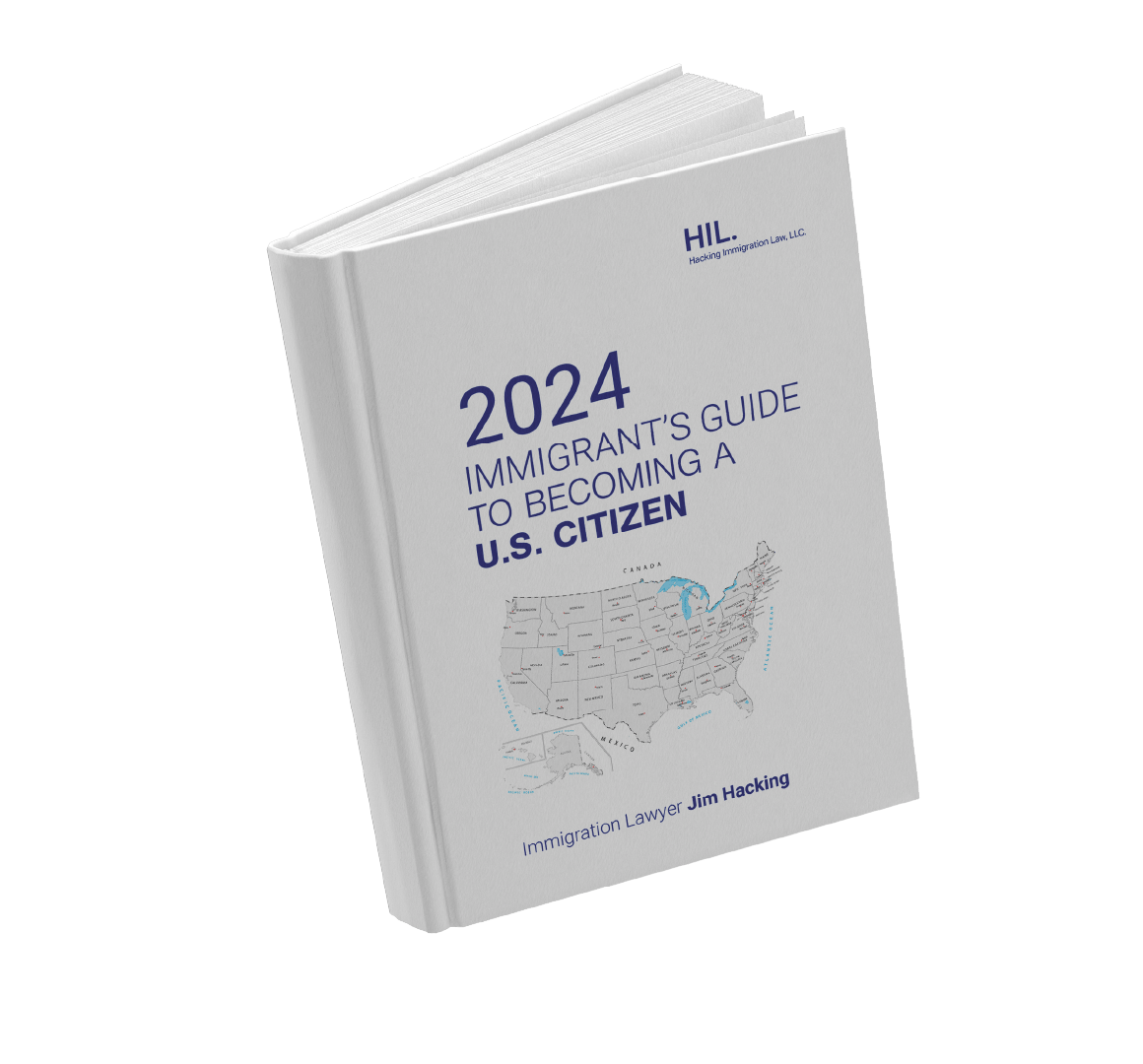
If you dealt with the United States Citizenship and Immigration Services, you may be aware of the frustration and anxiety with processing delays. USCIS plays a role in the immigration process.
Delays in the immigration process can impact individuals and families awaiting decisions on visas and other immigration benefits.
In this comprehensive guide, we’ll walk you through:
Table of Contents
Understanding the root causes of USCIS delays is essential to address and mitigate them effectively. Various factors contribute to these delays, often intertwining to create complex issues.
Here are common causes:
USCIS processes millions of immigration-related applications each year. In 2021, about 1.5 million people immigrated to the US. A surge in application volume can overwhelm USCIS resources and lead to processing backlogs.
Complex administrative procedures and paperwork requirements can slow down immigration applications. Errors or omissions in applications may require additional review. This further extends normal processing times.
To keep you updated, the National Visa Center (NVC) has provided the current immigrant visa backlog report below.
 Photo/Screenshot from National Visa Center (NVC) Website
Photo/Screenshot from National Visa Center (NVC) WebsiteUSCIS conducts rigorous security and background checks on applicants. Delays may occur when these checks take longer than expected. This is especially true for individuals with unique or complex backgrounds.
Changes in immigration policies, regulations, or laws can disrupt the processing of applications. USCIS staff may require additional training or policy guidance to adapt to new requirements, causing delays.
IMMIGRATION ANSWERS SHOW - JOIN US
Filing a complaint with USCIS can be a proactive step to address delays and seek resolutions. But not all situations warrant a complaint.
Filing a complaint may be appropriate if:
Applicants should consider filing a complaint when the delay or issue significantly impacts their immigration journey.
Please note: USCIS has established new cycle time goals to reduce backlogs and avoid delays and errors. See details below:

It is essential to exhaust other avenues of communication and inquiry before resorting to filing a complaint.
Filing a USCIS complaint involves several steps to ensure the complaint is properly documented and addressed.
Follow these steps to file a USCIS complaint:
The first step in filing a USCIS complaint is to gather all relevant information. This includes:
Having all this information at hand will make the complaint process smoother.
Before escalating the matter, try to resolve the issue at the local level. Contact the USCIS office or field office responsible for your case and explain the problem. Or they take corrective action.
If you are unable to resolve the issue locally or if the issue persists, you can contact the USCIS Customer Service Center.
USCIS has a toll-free customer service number, which is 800-375-5283 (TTY 800-767-1833), that you can call to discuss your concerns. Be sure to document the date and time of your call, as well as the name of the representative you speak with.
USCIS also provides an online inquiry system where you can submit your completed form of questions or concerns. A USCIS Case Status Online helps to keep you updated with your application. If you also want to check your processing times, visit the USCIS online tool.
Individuals have options when filing a complaint with the United States Citizenship and Immigration Services. Here are other methods you can use to express your concerns:
After filing a complaint, it’s best to follow up on the status of your complaint regularly. You can contact USCIS Customer Service to inquire about the progress of your complaint and any actions taken.
According to USCIS, if you believe that your complaint is not being addressed, take note that:
Photo/Screenshot from USCIS Website
The USCIS complaint process and seeking resolution can be complex. If your issue is particularly complex or you believe your rights have been violated, you may want to consult an immigration attorney.
Hacking Immigration Law, LLC is a trusted immigration law firm that specializes in assisting individuals facing USCIS delays. Their team of experienced attorneys understands the frustration and challenges of navigating the immigration system. They provide expert guidance in filing and following up on a complaint.
Here are things that will happen after you submit your complaint:
USCIS typically sends an acknowledgment or receipt notice within a few weeks to the address you provided when filing your complaint. It includes a unique case number that you should reference in all future correspondence with USCIS regarding your complaint.
Once USCIS confirms the receipt of your complaint, it undergoes an initial review. During this phase, USCIS officials assess whether your complaint is within their jurisdiction or not. It’s essential to ensure that your complaint is complete and avoid unauthorized practice.
After the initial review, your case is assigned to a USCIS officer. The assigned officer will evaluate the evidence you provided and may contact you or any involved parties for additional information if needed.
If the USCIS officer finds that your complaint is valid, they will take steps to rectify the situation. It may involve reevaluating your application or expediting your case.
If you have any updates or additional information related to your complaint, inform the assigned officer promptly. Timely communication can expedite the resolution of your immigration issue.
If you disagree with the decision made by USCIS, you may have the option to appeal. This allows you to present additional evidence to support your case. Be sure to follow the instructions provided in the denial letter for filing an appeal.
Overcoming USCIS delays requires people to report complaints when necessary proactively. Don’t forget that action is key to overcoming delays.
If you’re facing USCIS delays and need expert guidance and support in filing a complaint, contact Hacking Immigration Law, LLC today. Our team of skilled immigration attorneys can help you during the complaint procedure.
Don’t let USCIS delays hold you back. Contact Hacking Immigration Law, LLC now to learn more!








